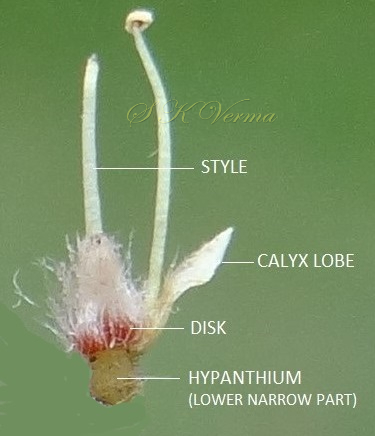Terminalia bellirica
Terminalia bellirica
(Gaertn.) Roxb., Pl. Coromandel 2: 54. 1805; Clarke in Hook. f., Fl. Brit. India 2: 445. 1879; Cooke, Fl. Pres. Bomb. 1: 508.1958 (Reprinted ed.); Parker, For. Fl. Punj. ed. 1: 238. 1918 (Reprint 1973); Stewart R. R., Ann. Cat. Vas. Pl. W. Pak. & Kashm. 502. 1972; Fl. China @ eFloras.org 13: 313; Fl. Pak. @ eFloras.org p. 6; Myrobalanus bellirica Gaertn., Fruct. et. Sem. Plant. 2: 90, t. 97 a-d. 1791; Terminalia bellirica var. laurinoides (Teijsm. & Binn.) C. B. Clarke.
A large deciduous tree, bark rough, ash-grey, often with patches of blue colour, longitudinally ridged. Branchlets with conspicuous spirally ascending leaf scars. Leaves alternate, crowded towards ends of branches; leaf blade 8-20(-35) cm x 7.5-15 cm, broadly elliptic or elliptic-obovate, puberulous when young, glabrous when mature, coriaceous, pale beneath, margins entire, apex subacute or acuminate or obtuse mucronate, base narrowed or obtuse-rounded, often unequal, lateral veins in 5-8 pairs; petioles 2.5-10 cm long, glabrous but ferruginous (reddish brown or rust coloured) tomentose when young, especially at base, rarely glandular, with 2 glands above middle. Inflorescences axillary, simple, spikes (interrupted or uninterrupted) 5-18 cm, often grouped at branchlet apex (and forming panicle); axis densely ferruginous tomentose. Flowers bisexual, actinomorphic, epigynous, ca.1.2 cm across the stamens, pale greenish yellow, with an offensive odour. Calyx tube (hypanthium) 4-5 mm long and 5-6 mm across, pubescent without, tomentose within, expanded upwards in 5 recurved lobes, ca. 2 mm long, triangular, pubescent both inside and outside. Petals absent. Stamens 10, exserted, inserted in 2 series on hypanthium, the upper longer alternating with calyx lobes, the lower opposite the calyx lobes; filaments 3-4 mm long; anthers ca. 1 mm long. Disk intrastaminal, densely hairy. Monocarpellary, ovary ca. 3 mm long, unilocular, ovules 2, apical, pendulous; style slender glabrous, fulvous, 4-5 mm long. Fruit a drupe, shortly stipitate, obovoid, 2-3 cm x 1.5-2.5 cm, grey-velvety, stone very thick, indistinctly 5-angled.
Common Names: Belliric, Myrobalan, Bastard Myrobalan, Beach Almond, Bedda Nut Tree; Baheda (Hindi)
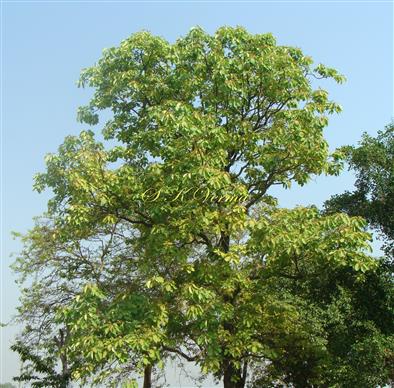
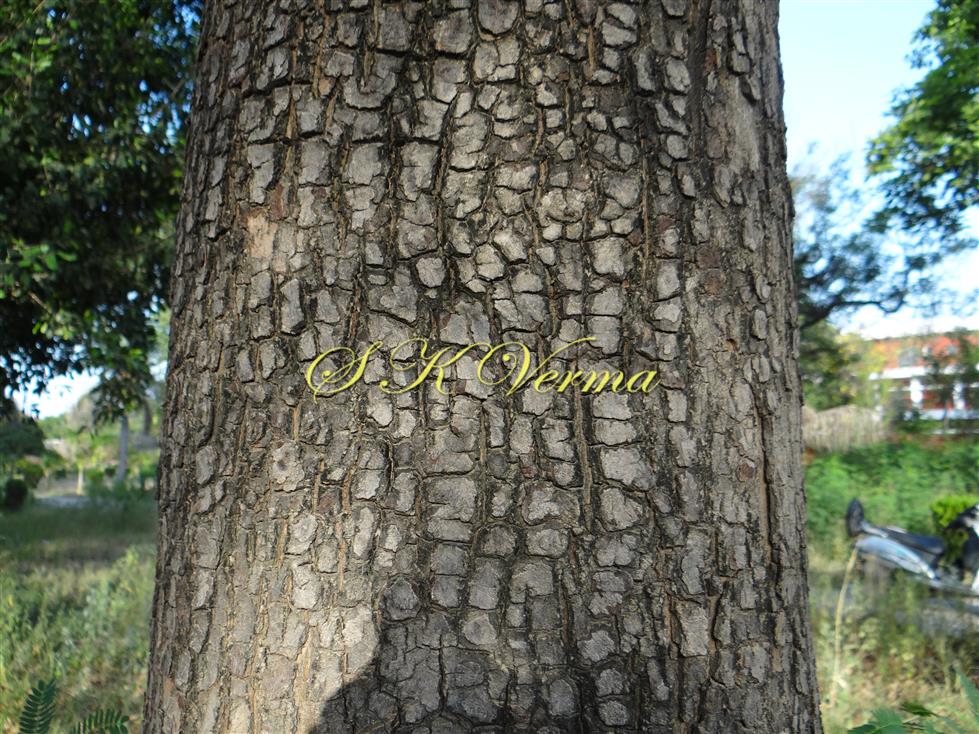
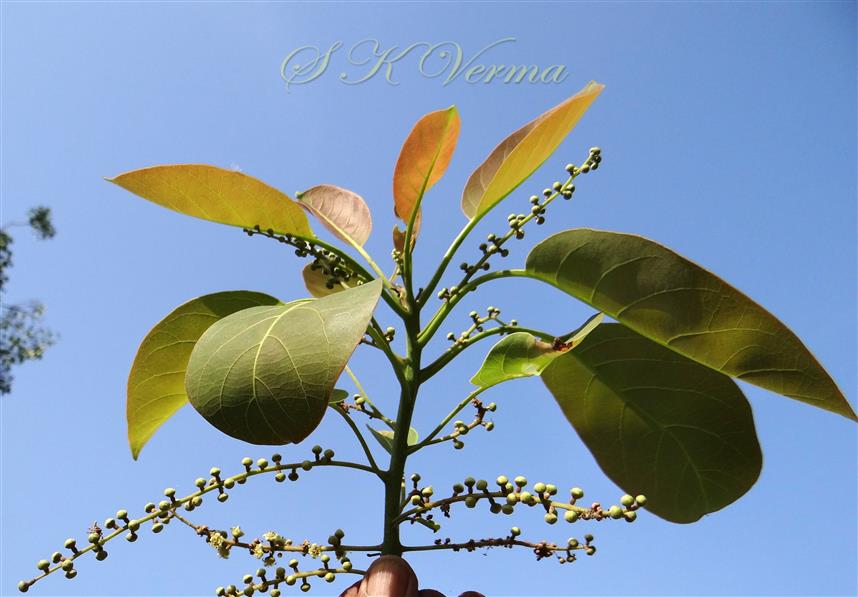
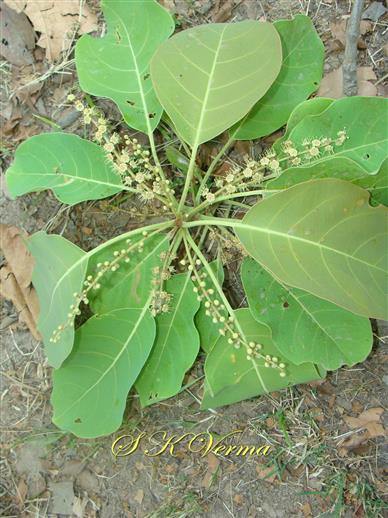
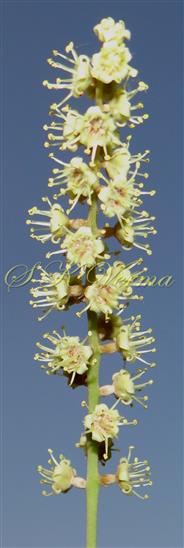
 and flower-DSC06446.jpg)
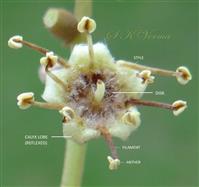
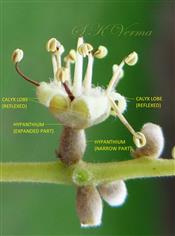

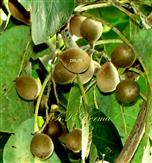






 and flower-DSC06446.jpg)


